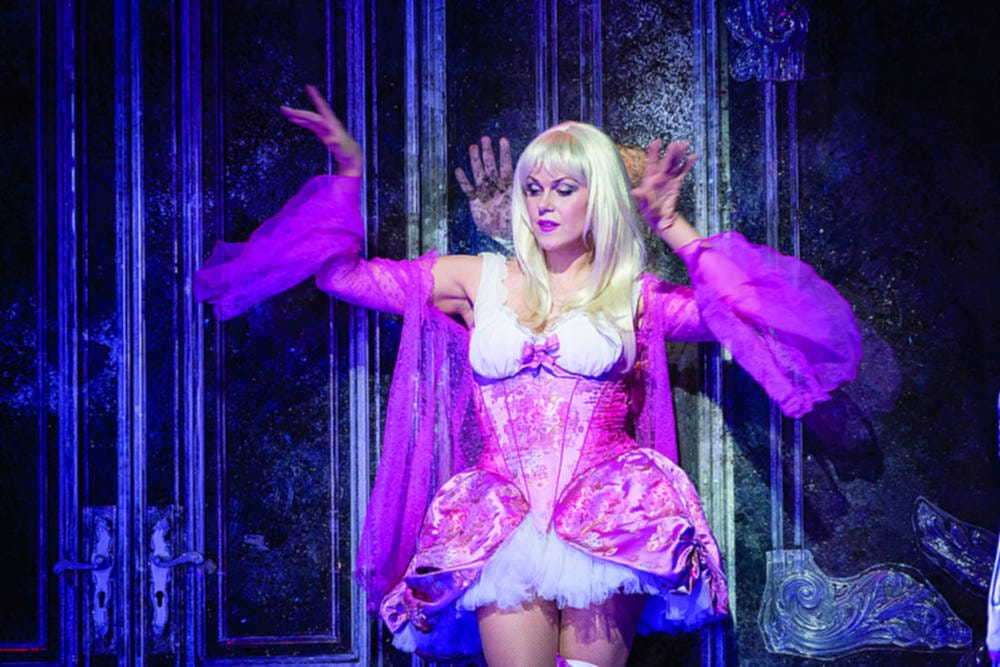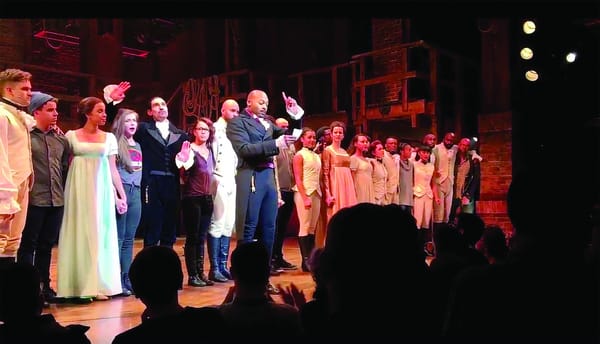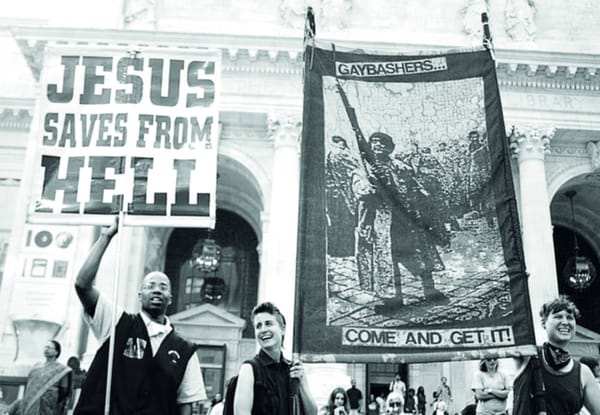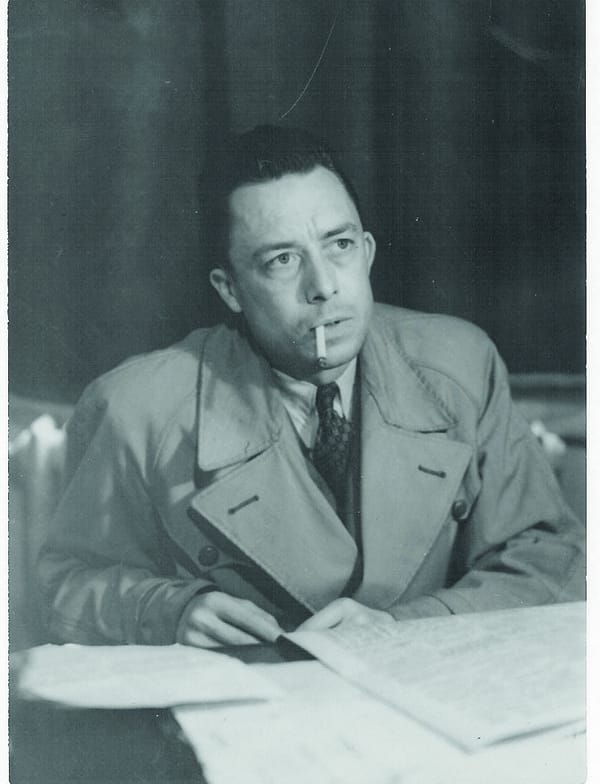Manon Lescaut raises some questions
Manon Lescaut is on at the Royal Opera House until 12th December 2016

Despite the pre-existing Manon by Jules Massenet, Puccini chose to write another opera based on the story of Manon Lescaut, defending his decision thus: “a woman like Manon can have more than one lover.” The sentiment is not untrue; by turns passionate, coquettish, and mercenary, Manon is a character who captivates both the audience and her fellow protagonists on stage.
Manon begins the opera as an unsuspecting ingénue of striking beauty. In keeping with the long tradition of badly treating women like her, she is desired, and exploited. Her father sends her to a convent; her brother happily sells her off to the old lecher Geronte. Geronte, on his part, tries to abduct her by force but she escapes with Des Grieux, the student she has just met and fallen in love with.
Unlike most other naïve heroines, however, Manon is not just a helpless character at the mercy of circumstance. She wants to have it all, though this eventually leads to her undoing. Act II finds her the lavishly kept mistress of Geronte rather than the devoted wife of Des Grieux. When Des Grieux comes to find her, Manon wants to flee with him, but cannot quite tear herself away from her jewels, leading to their fatal delay and arrest. She is deported with other prostitutes (the devoted Des Grieux follows her) and dies of thirst “in the Louisiana desert”. Modernisedproductions seem to be in fashion this season: director Kasper Holten’s Manon Lescaut is set two centuries forward in contemporary Paris.
Having watched the modern productions of Cymbeline (delightful) and Oreste (terrible), I’m not actually sure where Manon Lescaut falls on the spectrum. The sets were individually stunning – a crystal cage with garishly pink trimmings for Act II, a broken-off highway to nowhere for the final scenes – but didn’t really come together to tell a coherent story. Act II, set in Manon’s boudoir, was surprisingly risqué though it did bring across the exploitation and voyeurism Manon was subject to. What is the point of a modern setting? If the plot works better in its original historical period, importing it to the modern era feels more gimmicky than constructive. It is a bit hard, for example, to imagine anyone being sent to a convent or deported for being a courtesan in this day and age.
Nevertheless – the essence of an opera should remain in its music. Puccini’s score for Manon Lescaut is beautifully lush and symphonic. It was thought to be his response to the German operatic giant Wagner; as a great fan of Wagner, perhaps that is why I found it particularly enjoyable. Antonio Pappano is an experienced conductor of Puccini at the Royal Opera House, and he did not disappoint. As Manon, soprano Sondra Radvanovsky managed to bring out the complexity of the character, with her voice alternating to evoke both the lighthearted coquette and the desolate fallen woman. Tenor Aleksandrs Antonenko also made for an emotionally raw Des Grieux, though his voice perhaps did not quite match up to the powerful orchestra. A very good performance all round, and worth going to, even if the production does leave a few open questions at the end.









